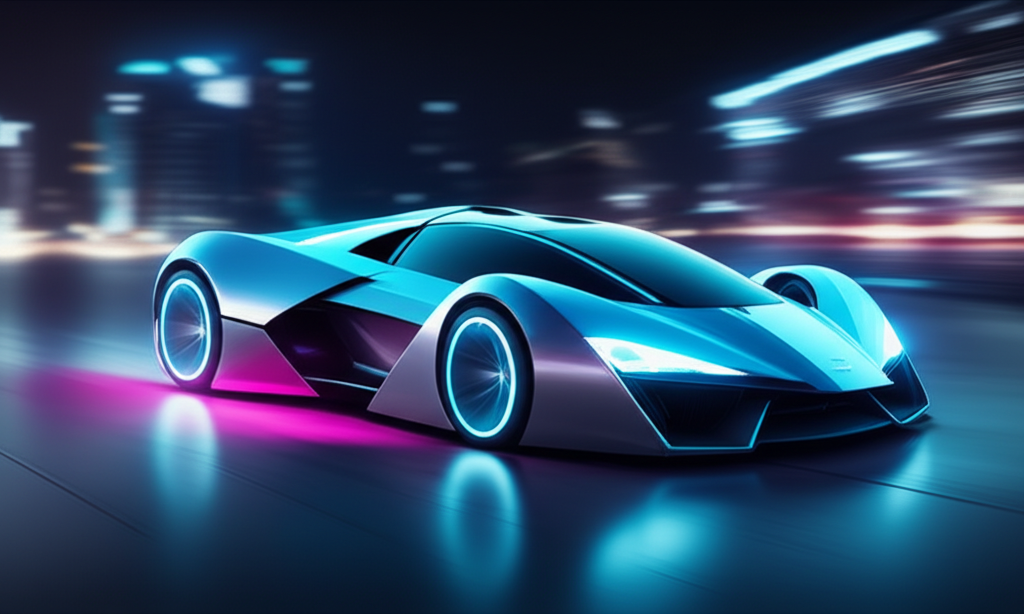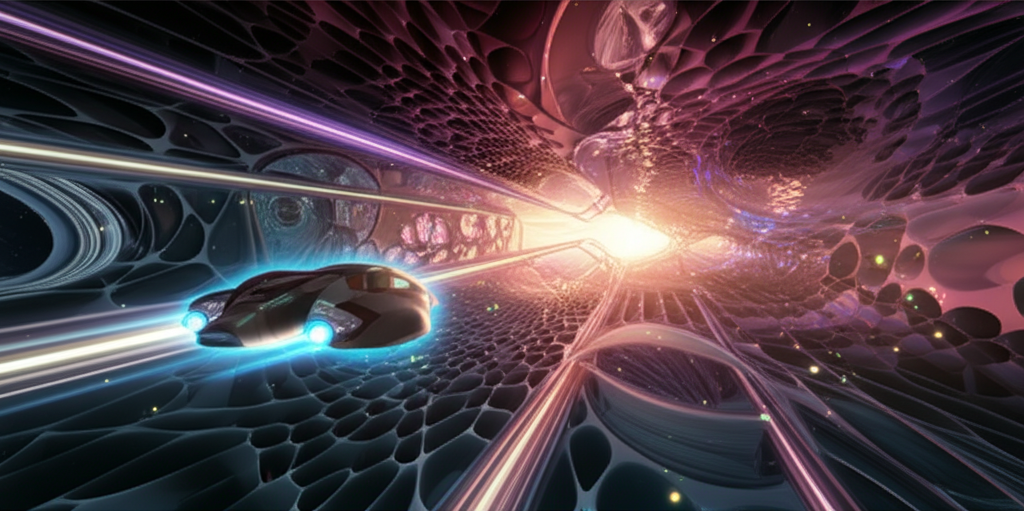Holographic Light Vehicles: Transportation Made of Pure Energy
Breakthrough holographic technology creates vehicles made entirely of structured light, offering unprecedented capabilities and zero material requirements.

The ultimate evolution in vehicle technology has arrived - transportation made entirely of structured light. Holographic light vehicles represent a paradigm shift from material-based transportation to pure energy constructs that redefine what vehicles can be and achieve.
Holographic vehicles are constructed from coherent light patterns maintained by advanced holographic projectors. These light structures possess physical properties through quantum field manipulation, creating solid surfaces from pure photons with effective mass and momentum through quantum field interactions.
Light vehicles can materialize instantly from holographic projectors and dematerialize just as quickly when no longer needed. This capability eliminates the need for parking, storage, or physical manufacturing, with users summoning vehicles on demand through quantum communication networks.
Holographic vehicles can reshape themselves instantly to match any transportation need. A compact city car can transform into a spacious family vehicle, sports car, or even aircraft configuration within moments, with adaptive capability extending to interior layouts and fundamental characteristics.
Light vehicles require no physical materials for construction, eliminating resource extraction, manufacturing waste, and end-of-life disposal issues. The environmental impact approaches zero since vehicles exist only as energy patterns, solving resource scarcity while enabling unlimited vehicle availability.
Propulsion occurs through manipulation of quantum fields rather than conventional engines. Light vehicles can accelerate instantly, change direction without momentum constraints, and even phase through solid objects when necessary by modifying local spacetime geometry around the vehicle.
Holographic vehicles can modify their physical properties in real-time. Density, hardness, transparency, and even fundamental characteristics like mass can be adjusted based on operational requirements, with safety systems instantly increasing structural strength during impacts.
Light vehicles draw power from ambient energy sources including solar radiation, electromagnetic fields, and even quantum vacuum fluctuations. They can operate indefinitely without traditional fuel or charging requirements through advanced energy harvesting systems converting any available energy.
Interacting with light vehicles requires new interface paradigms. Passengers can pass through vehicle walls when boarding, while solid surfaces form automatically where needed for support and control, with neural interfaces allowing direct communication with holographic systems.
Light vehicles integrate seamlessly with existing transportation infrastructure while offering capabilities that transcend conventional limitations. They can phase through traffic jams, travel through solid barriers, or even operate in multiple dimensions simultaneously.
Related Articles

Reality Hacking Vehicles: Rewriting the Laws of Physics
Advanced quantum manipulation technology allows vehicles to temporarily alter local physics laws, creating transportation that operates beyond conventional reality constraints.

Quantum Foam Navigation: Traveling Through Spacetime's Smallest Structures
Revolutionary quantum foam manipulation technology enables vehicles to navigate through the fundamental fabric of spacetime itself, accessing transportation networks at the Planck scale.

Psychic Resonance Vehicles: Transportation Through Mental Telepathy
Revolutionary psychic amplification technology creates vehicles that respond to telepathic commands and connect minds across vast distances through quantum consciousness networks.